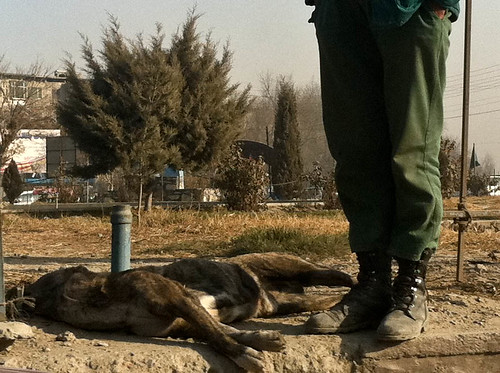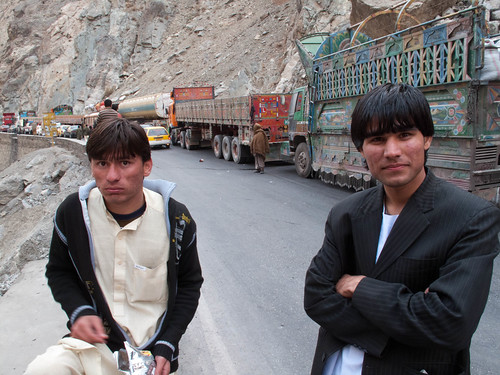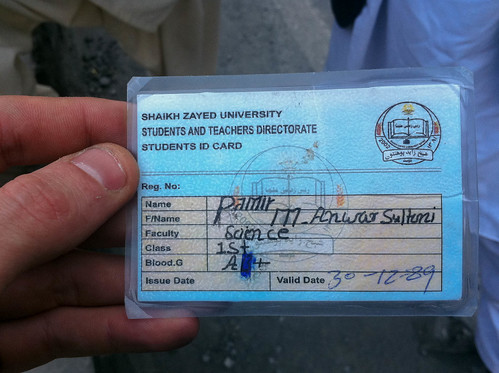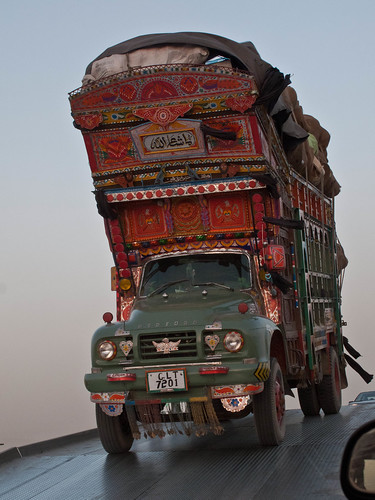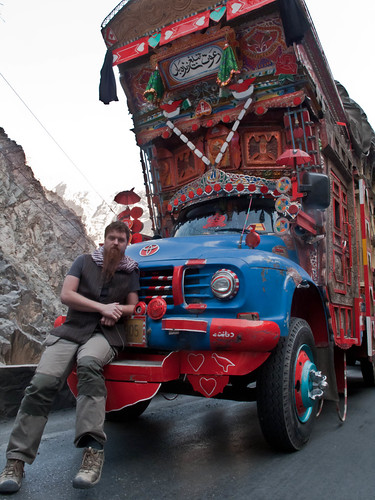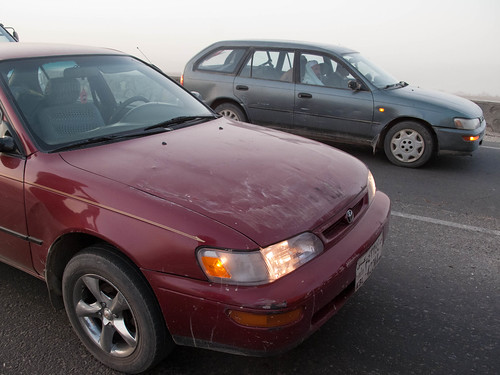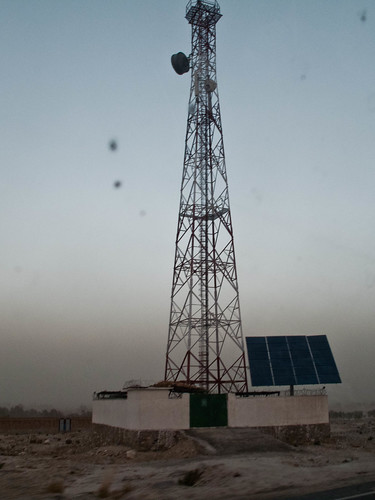Kabul to Jalalabad
The ride from Kabul to Jalalabad was long and adventurous.
I saw a dog being killed in Kabul. They are considered pests here.
Most of our drive time was spent sitting in traffic on the windy segment of the Kabul River Gorge (also called Tangi Gharu).
Part of the reason for the bad traffic is that people tend to drive on both sides of the road in both directions. At first it seems like a good idea, you get a little bit ahead of your neighbor. But local optimization can sometimes lead to global catastrophes. Such decisions created gridlocked jenga puzzles on narrow roads with precarious drop offs and small margins for error. Each one took hours to resolve.
Had we left much earlier in the morning (say 6am) we wouldn’t have experienced this traffic. And so we sat in the car, or got our to stretch our legs, or to take photographs of war debris from various wars, such as this Russian tank:
Whenever we’d show our faces, a crowd would appear. The younger ones talked to us. Sometimes they asked for “energy” = soft drinks.
I met a boy named Pamir who is studing law, on the right. He’s gonna be a bureaucrat some day. On his student card, you could see his blood type.
Jingle Trucks from Parkistan constitute a large fraction of the traffic:
Out of the gorge we were out in broad open valley swept by opaque dust storms, bending trees horizontally.
The road had warn away in parts, and you have to be ready to stop abruptly when you spot a pot hole. This caused our accident. A truck in front of us stopped. We stopped right behind it, and many cars stopped on our bumper behind us… So far so good. But the truck in front started backing up. We honked. It didn’t care. It ate half our hood before it finally stopped.
Thankfully, its clearance was high enough that the damage was only cosmetic. Since there is no insurance and no protocol for how to resolve accidents other than by talking. Our driver (on the right) got out and started a long negotiation directly on the highway. (Truck driver is on the left.)
This is one of the main reasons why foreigners are discouraged from driving. All of the NGOs and even the security companies now hire local drivers. This is the kind of advice we get: if you hit someone, get the hell out of there. If you stick around, you will get clubbed. (And if you see someone dead/wounded, look out for booby traps. This one applies not only while driving.)
One amazing thing about Afghanistan is the jusxtaposition of the past and the future, and how one causes the other. Â There is no postal service, for example. Â You have to rely on email.
There will probably never be a wired telephone network here, but everyone has a cellphone. Cellphone towers (when not powered by generators) are powered by solar.
We did see construction crews laying fiber optics cable along the highway. Sadly, I missed the photo op. Maybe Lou or Todd got it?
Much of the country’s hydroelectric facilities are located along this stretch of river, so the fact that the Kabul river is but a stream, presents a problem.

Approaching Jalalabad, we pass the Darunta Dam and aftewards is Nangahar University whose initial buildings were used to house the Soviet engineers that built and operated the Darunta Dam.
Right before you breach the perimiter of Jalalabad city proper, take a left down Awesome Todd’s road (see Open Street Maps).
Welcome to the Taj. This has become our home (Langton Annex 😉 More about the Taj and its occupants in another post.
For now, a teaser:
This is part of the longer narrative blog series, that started with What is Normal anyway? I will try to have this sub-series follow a liner narrative, while the general post stream will jump around.


